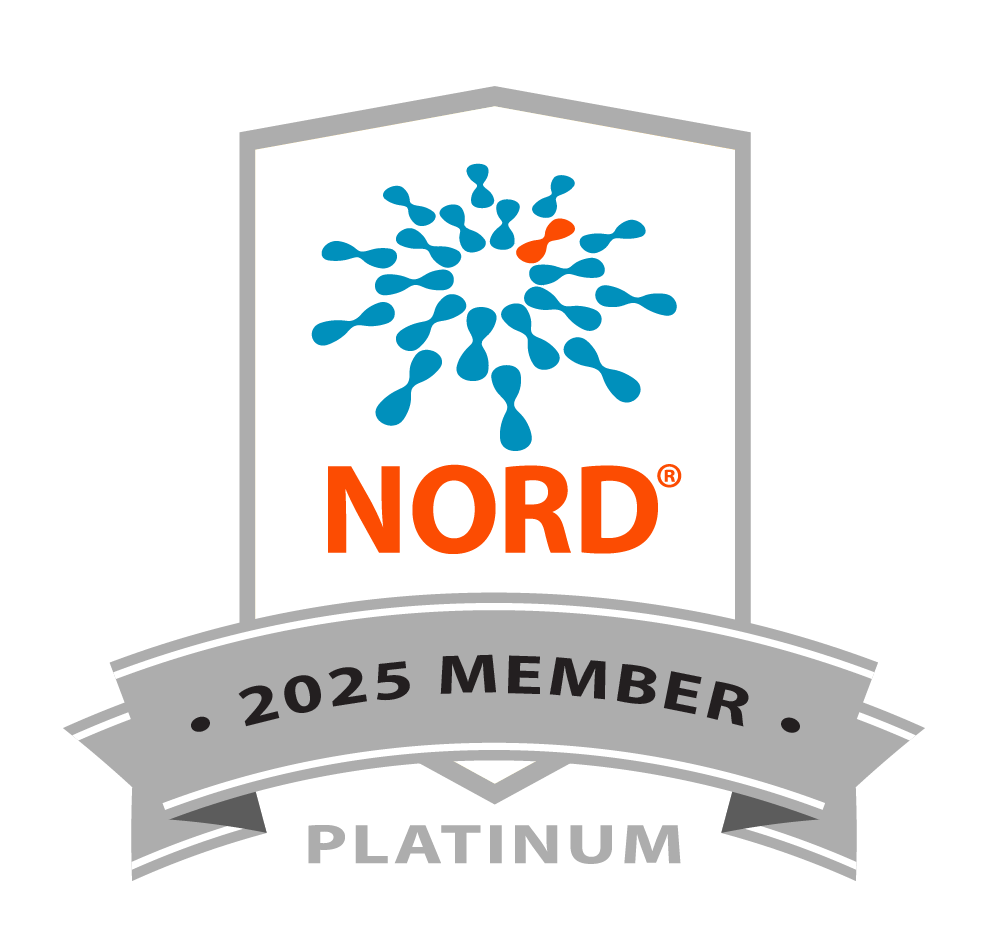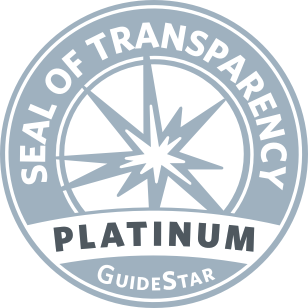Atsena to Launch Part B of Phase 1/2 Clinical Trial for XLRS Gene Therapy
Research News
The Foundation is a founding investor in Atsena.
Atsena Therapeutics, a company developing innovative gene therapies for inherited retinal diseases, has initiated Part B of the Phase 1/2 LIGHTHOUSE clinical trial for ATSN-201, the company’s emerging X-linked retinoschisis (XLRS) gene therapy. Part B of LIGHTHOUSE is enrolling nine adults and three pediatric patients. Atsena previously reported encouraging early results for Part A of LIGHTHOUSE which evaluated three different doses of ATSN-201 in nine adult patients.
ATSN-201 is a one-time gene therapy contained in a solution (a tiny drop of liquid) that’s injected subretinally (underneath the retina). The gene therapy uses a specially designed adeno-associated viral delivery system (AAV.SPR) 3-4 which works like a container delivery system 3-4 to deliver healthy copies of the RS1 gene to augment the mutated copies of RS1 causing XLRS.
ATSN-201 spreads laterally across a larger area of retina than other AAV systems. The AAV.SPR can reach the fragile fovea — the tiny pit in the central retina responsible for visual acuity — with an injection outside of the foveal region. The company says this approach gets the treatment more effectively to the area of the retina where the treatment is needed — i.e., near the damaging, schisis cavities in the central retina caused by the splitting of retinal layers in people with XLRS.
Three different concentrations (doses) of ATSN-201 were evaluated in Part A. Each dose level had different numbers of gene copies. All doses were delivered in the same volume of solution. Atsena reported that the gene therapy was well tolerated in Part A for the three patients receiving the low dose. Two of three patients in the low-dose group had significant resolution of the schisis cavities. Vision and structural improvements were also observed. Results for all nine patients in Part A are forthcoming.
The optimal dose from Part A is being used in Part B. The nine adults in Part B are being placed into three arms: those receiving a low volume of solution, those receiving a high volume of solution, and a control (placebo) group. Patients in the control arm will be observed off-therapy for one year and then have the option to receive treatment. The pediatric group will be dosed after evaluating preliminary data from the adult group.
XLRS is caused by mutations in the gene RS1 which expresses a protein called retinoschisin — a protein that plays a critical role in the maintenance of the retinal structure and cell-to-cell adhesion. As an X-linked condition, XLRS usually affects males with females as unaffected carriers. XLRS is usually diagnosed in boys before the age of 10. Approximately 30,000 people in the US and EU are affected by XLRS.
Atsena Founder and Chief Scientific Officer Shannon Boye, PhD, University of Florida, is the preclinical developer for the company’s emerging gene therapies.
The RD Fund, the Foundation’s venture philanthropy fund for advancing emerging treatments into and through early-stage clinical trials, is a founding investor in Atsena.




